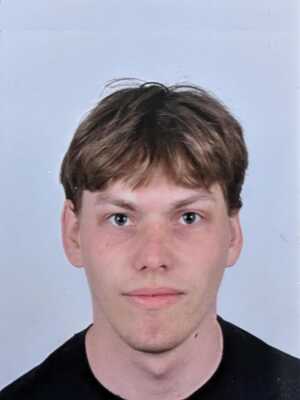- Tue 15 October 2024
- news
- Jason K. Moore
- #bicycle, #transportation, #time, #energy, #simulation
 |
 |
Sietse Soethout successfully defended "A dynamic utility cycling model for energy and time expenditure calculation of a population of cyclists" on September 23, 2024. Sietse developed a physics-based energetic simulation model of a bicyclist that is capable of traversing urban terrain. The model considers the longitudinal vehicle dynamics, cyclist physiology used in propulsion, braking and accelerating behavior, elevation, traffic signals, cornering, merging, ebike assistance, and even walking the bike. The model outputs accurate speed behavior over a specified route and gives the time and energy costs for the route. Sietse developed techniques for extracting all necessary route information from traffic signal timings and LIDAR coverage of the area of interest. He selected a case study of a planned bicycle highway in The Hague, The Netherlands and compared it to to existing routes. The following video shows a simulation along one of the routes:
He then stochastically parameterized the model and simulated hundreds of different cyclists traversing the three routes and compared time and energy costs for the population of cyclists. The next video shows a population of cyclists riding the route:
The resulting distributions of route travel time and energy costs can be compared among the routes and used for design decisions for the new route. Sietse showed how you can compare behavior based on gender, age, ebike and normal bike riders, and even the type of ebike assistance. For this case study, the planned bicycle highway will reduce time and energy costs for the cyclists. It also revealed that standard ebikes have little time reduction but energy costs are significantly lower, which is good for reducing sweat but maybe not so much for maintaining exercise levels. The model can be used to objectively evaluate bicycle route choices or new designs, providing metrics to time, speed, power, and energy for comparisons. It can be used to design green waves or minimize peak energy costs by showing optimal locations for traffic signals or stops and many other things.
Sietse was co-supervised by Christoph Schmidt and Jason K. Moore. Everyone at the bicycle lab is very proud of Sietse and wishes him the best in his next adventures.

